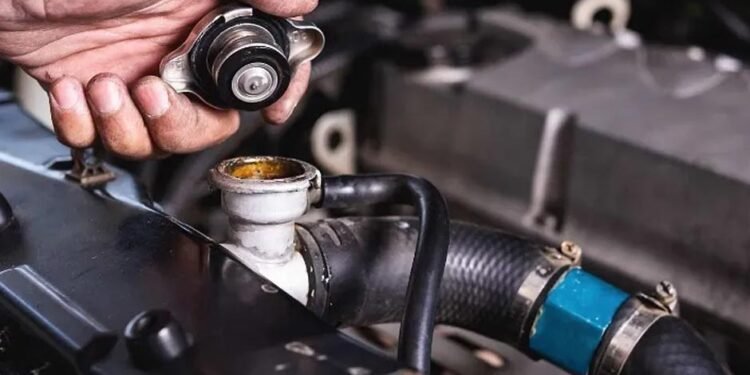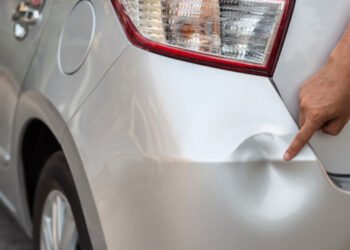Cars are by far the most popular means of transportation for short journeys in the USA, but do you know how the cooling system works? And do you know if yours is in good working order?
Your car’s engine works better when it’s warm, so the cooling system is indispensable. Its job is to make sure the engine warms up as quickly as it can and then maintains a constant temperature. If it fails, this can be dangerous.
If you’re looking for radiator repairs be sure to visit Natrad.
The main components
- Radiator: this crucial component disperses antifreeze and water, helping release some of the engine’s heat while bringing cool air inwards.
- Water pump: this part circulates the coolant, sending it back to the cylinder block once it has cooled down from its time in the radiator. It makes its way back to the radiator, and the process continues.
- Thermostat: the thermostat acts as a valve only allowing the coolant to go into the radiator after it has reached the right temperature.
A thermocouple device is used to measure the temperature of the car’s cooling system. It is comprised of two wires of different metals that create two separate electrical junctions when joined together in a circuit. The voltage this creates then gives a temperature reading.
There are two types of cooling systems a vehicle may have:
Two Types Of Cooling Systems
Water cooling system
The water pump is part of a water cooling system. This pump is driven by a pulley and belt from the crankshaft, doing the vital work of heat exchange.
Thanks to the pump, coolant circulates through the engine and radiator in an upward flow. As hot water expands when heated, it becomes lighter and rises above cool water. This principle helps the water cooling system do its job.
To delve deeper into the differences between antifreeze and coolant, you can explore an informative guide on the subject at JennyChem.
Air cooling system
Few cars use an air-cooling system these days, but you will find many vintage cars that use this system to regulate the temperature.
With this type of system, there’s a block and a cylinder head made with deep fins on the outside. There will usually be a duct that runs around all the fins and an engine-driven fan blowing air through this duct, taking heat away from these fins.
The amount of air circulated by the fan is regulated by a temperature-sensitive fan.
An engine that overheats can be subject to gasket explosions and cracked engine blocks, which can have serious consequences. And if the opposite problem presents itself and the engine is not heating up enough, the car’s components will wear out more easily. The car will also belch more pollutants out into the atmosphere. Considering all this, it’s not hard to see why keeping the cooling system in excellent working order is essential!












